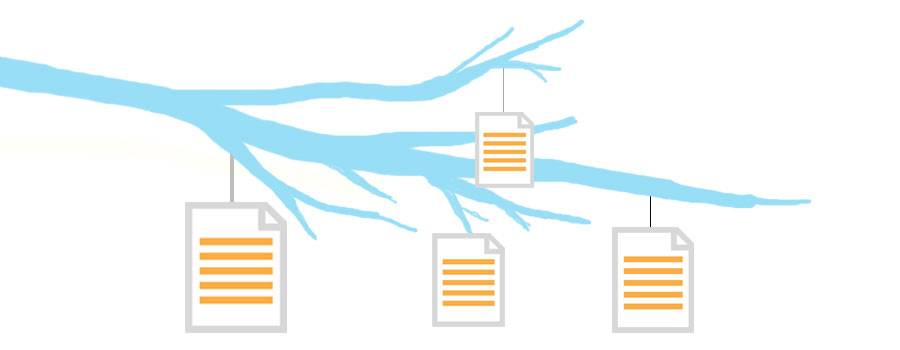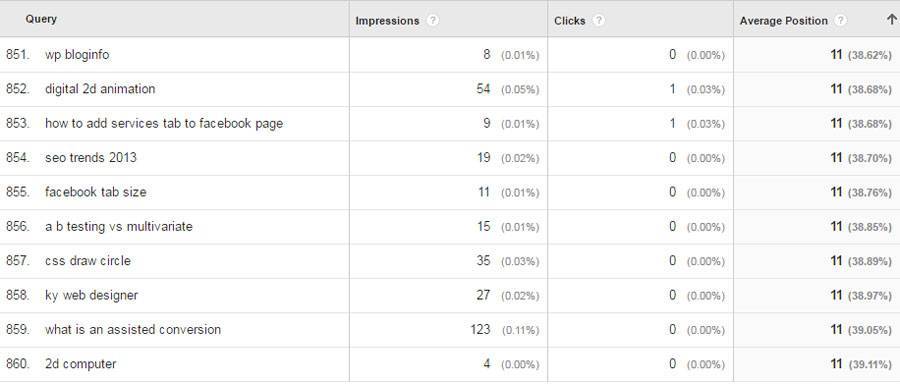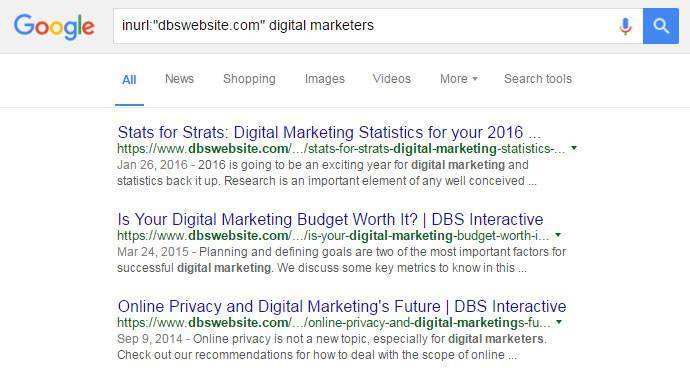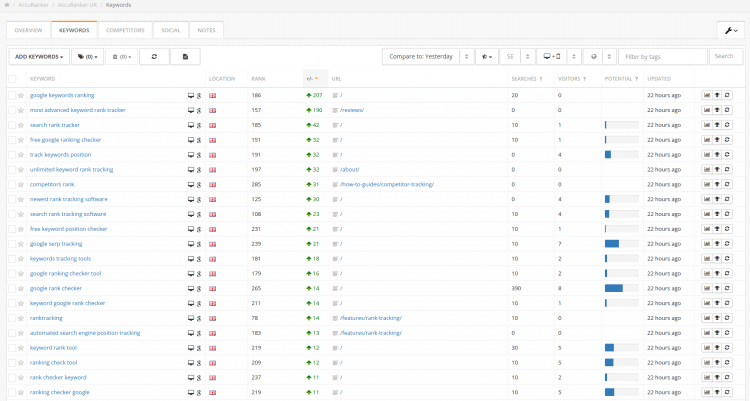
So, your website simply isn’t experiencing the level of traffic you were hoping for and something needs to be done. Often, the most popular response is to immediately create some new content and throw it on the site. This is certainly a natural reaction and generating content is always a viable option, but it might not be the first place you should turn.
Instead of instantly deciding to produce something original from scratch, take a moment and consider reviewing the content already found on your site. Improving what you already have can be an effective and time efficient alternative to creating new content while going a long way towards driving traffic to your site.
Frequently, one finds that the vast majority of a site’s organic traffic comes from a tiny slice of the total content found on the site. In fact, some sites receive as much as half of all their leads from only one percent of the content. This reality offers quite a bit of incentive to reexamine the present copy and consider holding off on new content. Existing pages that may suffer from low organic traffic but have links pointing to them can be re-optimized to incorporate keywords people are searching for now. Taking advantage of these “low-hanging fruit” opportunities can be extraordinarily beneficial to your site.
The first step, however, is determining which content constitutes low-hanging fruit. One of the easiest ways to do this involves utilizing the Google Search Console. From the Search Console, you can navigate to the “Search Analytics” report and select the tickbox at the top to show “Clicks”, “Impressions”, and “Position.” This will provide data on the keywords supplying the most traffic and impressions, in addition to delivering their average position.

The main purpose of this step is to find keywords in the 10 to 25 range that might be moved to page one, resulting in increased traffic to your site. After you have chosen a specific keyword, you can click through to it and hit the “Pages” radio button that tells which page the keyword is ranking for.
The second step involves looking for pages that offer the potential to drive additional internal links through to your page using keyword-focused anchor text. A quick Google search can be conducted, revealing the pages on your site where the specific keyword is found and an internal link can be added. This can be easily completed through a search query consisting of your domain name (such as “dbswebsite.com”) and the keyword in question (like “digital marketers”).

From there, you can go through and add links wherever fitting. Specifically, links should be added to pages with the most external links pointing to them. Link analysis tools, like Majestic, simplify this process greatly. At Majestic, you can find a “Top Pages” report to help guide you in the process of selecting the best pages for links. SEOmoz offers similar options with Open Site Explorer. After adding your internal links, you might peruse the page itself and determine if there are any additional tweaks you wish to make.

The final step simply consists of tracking and scaling your results. After you have made all of the changes you are comfortable with, a keyword tracking tool, such as Accuranker, can be utilized to easily track your keywords. This can be accomplished by uploading your keywords and tagging them accordingly. Afterwards, daily or weekly reports highlighting improvements can be received allowing for further changes to your strategy moving forward.

When optimizing, always be on the lookout for any new keywords that can be included in your content. Changing and updating copy is an excellent way to capture net new traffic. The way people search for information changes every single day, even if the information they are seeking does not. Being mindful of this can do wonders in matching your existing content to your audience. The way people search changes every day, so it’s likely they’re searching new keywords but wanting the same information.
